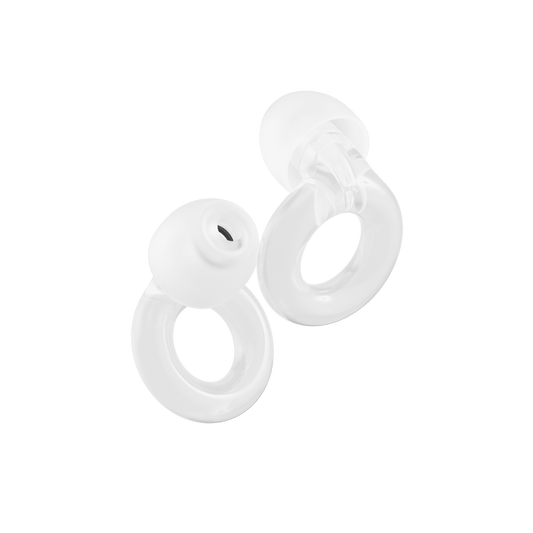Key highlights:
- Airplane ear is caused by rapid changes in air pressure when a plane ascends or descends, and the eustachian tube in your ear can’t react quickly enough
- The main symptoms of airplane ear are a pressure in your ears, often followed by your ears ‘popping’
- You’re more at risk of airplane ear if you have a cold, sinus infection or other condition that blocks your eustachian tube
- Luckily, there are lots of things you can do to reduce airplane ear pressure, including swallowing, chewing gum and wearing earplugs when taking off and landing.
‘Cabin crew, take your seats for take-off’.
And you’re ready to go.
The noise of the engine. Feeling the plane lift from the ground. Soaring through the clouds watching the houses become tiny dots below.
Taking off in a plane is an exciting experience. But amongst the excitement, there's a niggling problem. One that is potentially harmful to your hearing. It’s real, it’s painful and it has a name: airplane ear. You know the one. That painful pressure, resulting in ear popping and muffled hearing.
And it doesn’t discriminate. No matter how much you paid for your seat or how much leg room you have, ear discomfort is sure to have crept up on most fliers at some point.
In this blog post we’re going to look at what causes plane ear, the symptoms to watch for and ways to prevent it, so you can have a more comfortable in-flight experience.
What is airplane ear?
Why do ears pop on a plane?
And more importantly, why do my ears hurt on a plane?
They’re commonly asked questions and the simple answer is: it’s all down to pressure.
The pressure, pain and popping that occurs is related to fluctuation in ear pressure and how fast it happens.
Your middle ear is an air-filled space formed by bone and the eardrum. It is connected to the back of the nose by a tunnel called the eustachian tube. The outside air that passes through the eustachian tube keeps the pressure equal to that of the outside world.
If a pressure difference occurs, that’s when airplane ear pain rears its head and problems can arise.
When you’re on land and going about your usual daily life, the air pressure inside the inner ear and the air pressure outside are essentially the same (or at least not different enough to cause issues).
But in the air, it’s a different story. The pressure balance isn’t equal, and the change is so rapid that the pressure inside the inner ear doesn’t have enough time to equalize. In this case, the tympanic membrane in your ear will swell outwards – a bit like a loaf of bread rising during baking – and this is called airplane ear. Or in more medical terms, ear barotrauma.
Imagine if you were taking a slow hike to the top of the highest mountain. The slow speed at which you were going would allow time for the pressure to equalize along the way. But during take-off or landing, that’s not how it works. And your ears are blindsided by the change and can’t keep up.
During this time, the eardrum is stretched and not able to vibrate, which can cause pain, popping, or muffled hearing.


Symptoms of airplane ear
The more common symptoms can include:
° A ‘stuffiness’ in your ears
° Muffled hearing
° Ear popping
° Ear pain
Sometimes you may feel a “pop”, which is a sign that your eustachian tubes are open. But if they stay closed your middle ear can fill with liquid to try and balance the pressure inside. If closed, they won’t be able to drain, which is when more serious symptoms can occur.
These symptoms can include:
° Extreme ear pain
° Vertigo (dizziness)
° Tinnitus (a permanent ringing sound in your ear)
° A burst eardrum (you may notice fluid or blood leaking from your ear)
° Hearing loss
10M+ happy customers
Our earplugs
What are the causes of airplane ear?
The basic cause of airplane ear comes down to – as explained above – rapid changes in air pressure when taking off and landing, and your eustachian tube being unable to react fast enough.
Not everyone experiences airplane ear pain. But, unfortunately, most fliers are at risk of airplane ear. It’s the way the human body works. And if you have an existing issue with your eustachian tube, and it’s not opening as it should, you may be more at risk. Signs of an existing issue include:
° Stuffy sinuses
° A cold or other infection
° Allergies
° The shape and size of your ear canal (children)
° Tobacco smoke or other irritants
° Hormonal changes such as pregnancy
° Environmental factors such as exposure to loud explosions in the military for example, or scuba diving without the safe gear
What can prevent airplane ear?
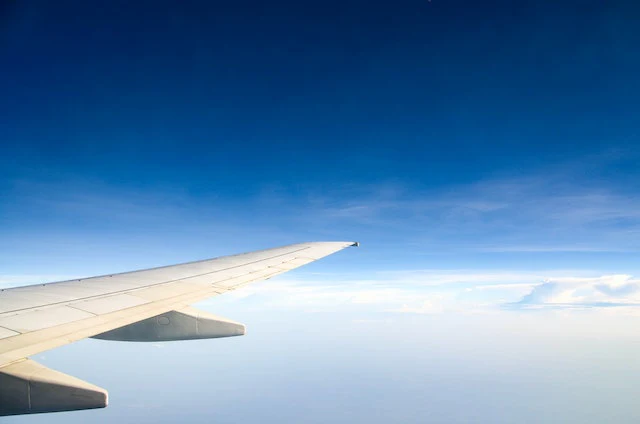
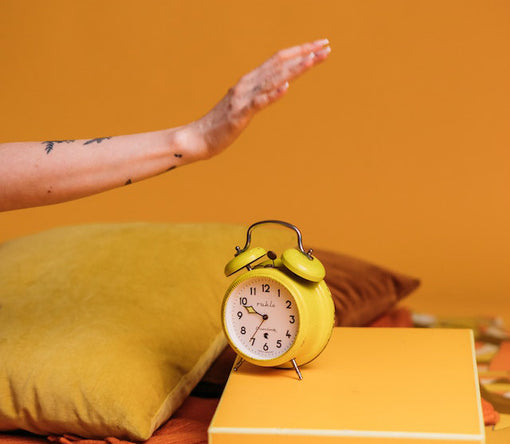
The good news is that if you take the right approach to self-care, airplane ear is entirely preventable.
Here’s how to get rid of airplane ear:
- Swallowing or yawning
The main way to prevent airplane ear is to open the eustachian tube as much as possible. When you swallow or yawn, the clicking or popping sound that you hear is a tiny bubble of air that has moved from the back of the nose to the middle ear, via the eustachian tube. Making sure that the eustachian tube is working overtime and open more frequently will give it a greater chance of accommodating the air pressure.
- Chewing gum or sucking on candy
Both of these actions will stimulate the frequent swallowing that’s needed to help equalize the air pressure.
- Try the Valsalva maneuver
This handy tip is often used by frequent fliers. Take a big mouthful of air, close your mouth, and then pinch your nose. Then, gently force air out of your mouth until your ears pop. It’s a great way to open up the eustachian tubes.
IMPORTANT NOTE: if you’re sick with a cold or allergies are raging, the Valsalva maneuver is not the one for you, as it could cause a severe ear infection.
- Try medication
Oral decongestants or nasal spray to open the eustachian tube are often a great airplane ear remedy. Antihistamines may be prescribed if allergies are a contributing factor, and pain medications or ear drops may be suggested to relieve any pain.
- Avoid alcohol and caffeine
Both of these substances can contribute to dehydration, which can increase the risk of experiencing sinus irritation and ear pain. Instead, you should drink plenty of water to stay hydrated, encourage swallowing, and keep the eustachian tubes open.
Introducing Loop Earplugs:
A pair of earplugs for flying is also a great way to prevent airplane ears. Loop Earplugs are specially designed to safeguard your ears and give them maximum protection when flying. They work to slowly equalize the pressure against your eardrum, protecting the delicate parts of the ear – and therefore easing pain and discomfort.
Loop Quiet earplugs are the perfect solution for flying. They’re made of flexible, soft-touch silicone for all-day and all-night comfort – while offering up to 24 dB (SNR) and 14 dB (NRR) of noise reduction. That means they’ll help to reduce the discomfort of airplane ear while also reducing noise to a safer level, better protecting your ears while flying.
Alternatively, try Loop Engage earplugs, ideal if you’re a nervous flier. Unlike traditional foam earplugs, they don’t completely block out noise. Instead, they filter soundwaves, meaning that they offer up to 16 dB (SNR) and 10 dB (NRR) of noise reduction, without affecting the sound quality of clarity of your voice. That means you can stay engaged with everything that’s going on around you – and you’ll still be able to hear every announcement perfectly.
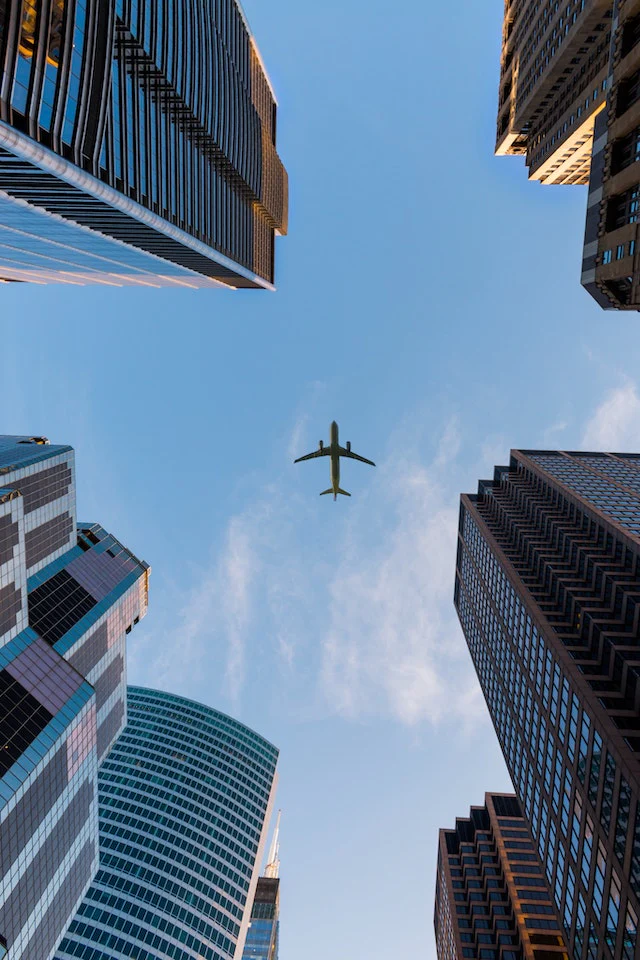
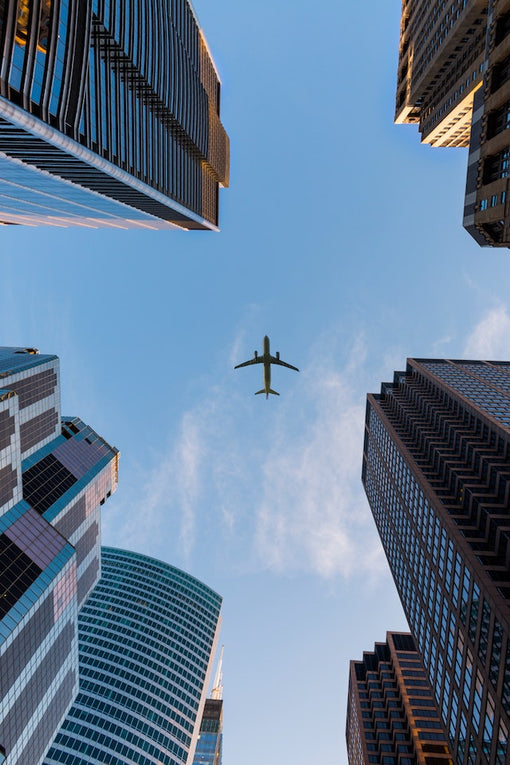
Other expert tips to avoid ear pain when flying
To keep ear pain at bay, there are other little hints you can take on board with you.
Such as:
° Stay awake during ascent and descent. If you’re asleep you’re unlikely to be taking any preventative measures to protect your ears, such as yawning or chewing on gum
° Drink lots of fluids in-flight to stay hydrated
° Use nasal spray one hour prior to landing
If your ears are still blocked after a flight, plagued by stuffiness, and muffled hearing is still a thing, you can try the Valsalva maneuver. A warm compress applied to the ear or steaming will also help. The aim is to gently ease the pressure as slowly as possible.
Airplane ear and children
Children can often suffer from airplane ear more severely.
This is down to a child’s eustachian tubes being smaller and narrower than an adult’s. The change in air pressure in the ear can often have painful consequences.
There are some things you can do to ease the pressure.
° Encourage swallowing by giving them their bottle or pacifier.
° Children older than four can try sucking on a lollipop or drinking through a straw to ease the pressure
Make sure you avoid decongestants – they aren’t recommended for young children
You should speak to your pharmacist about the possibility of pain-relieving eardrops, especially if they’ve struggled on a flight previously
Key takeaways
Airplane ear is common and it’s painful. But it’s important to remember that it’s also preventable. Here’s a quick recap of what it is and ways to get rid of airplane ear pain:
° Airplane ear is caused by an imbalance in pressure between the middle ear and pressure outside the ear. The rapid and intense change in pressure can cause the eustachian tube to become blocked, which causes airplane ear.
° Some conditions can put you more at risk, namely those that affect how the eustachian tube is opening, such as colds, allergies, and having a smaller tube (like children), or outside irritants such as tobacco.
° Earplugs can be used to alleviate the pressure and ease the pain. So can special techniques such as the Valsalva maneuver, yawning frequently and sucking on hard candy.
° In the rare event that medical intervention is needed, there are treatments available such as antibiotics, hearing exams, or even surgery for extreme damage.
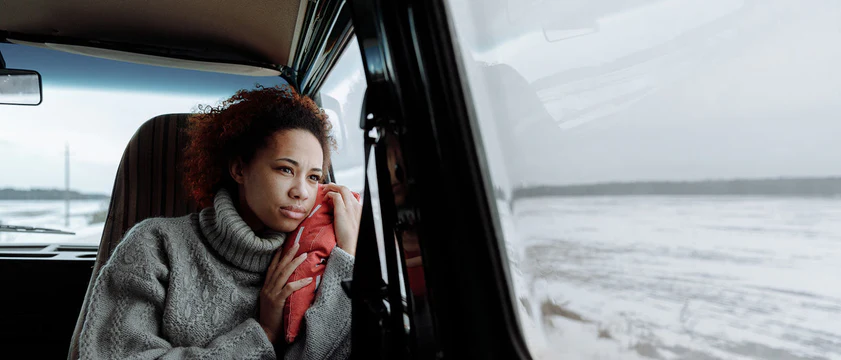
Top tips for better sleep while traveling
Do you have trouble falling asleep when traveling? These top tips will help you get the sleep you need when you’re on...

How to protect your ears when flying
Discover our tips and advice on how to protect your ears when flying to avoid any discomfort or pain. Read our sugges...

Which Loop Earplugs are right for me?
People wear Loop Earplugs for live music and noise sensitivity, parenting and sleep. Use this guide to determine whic...













